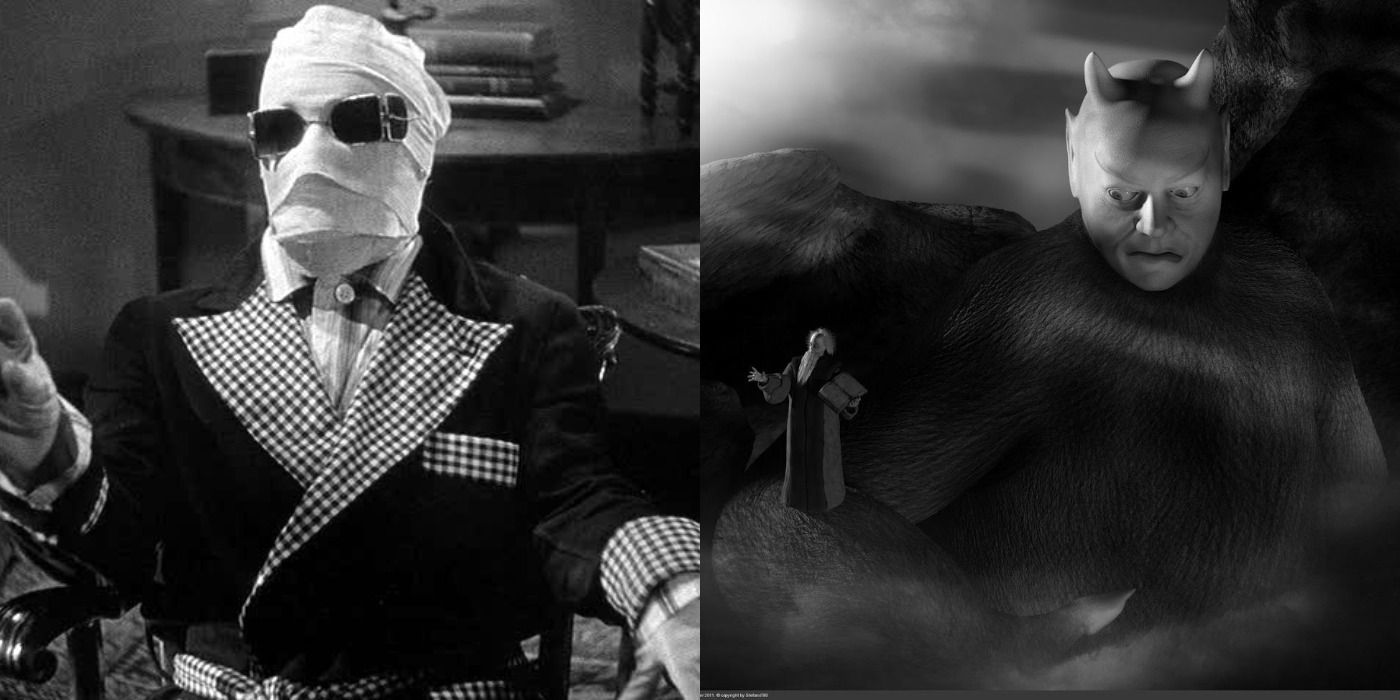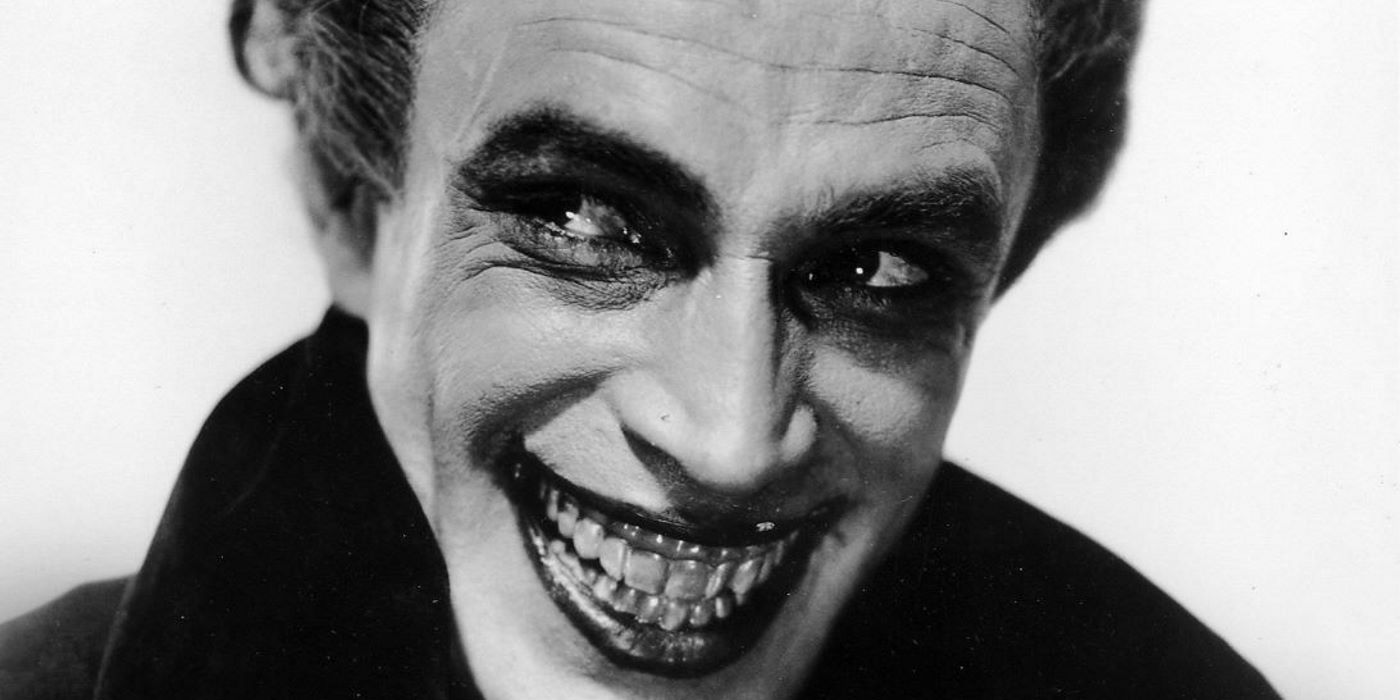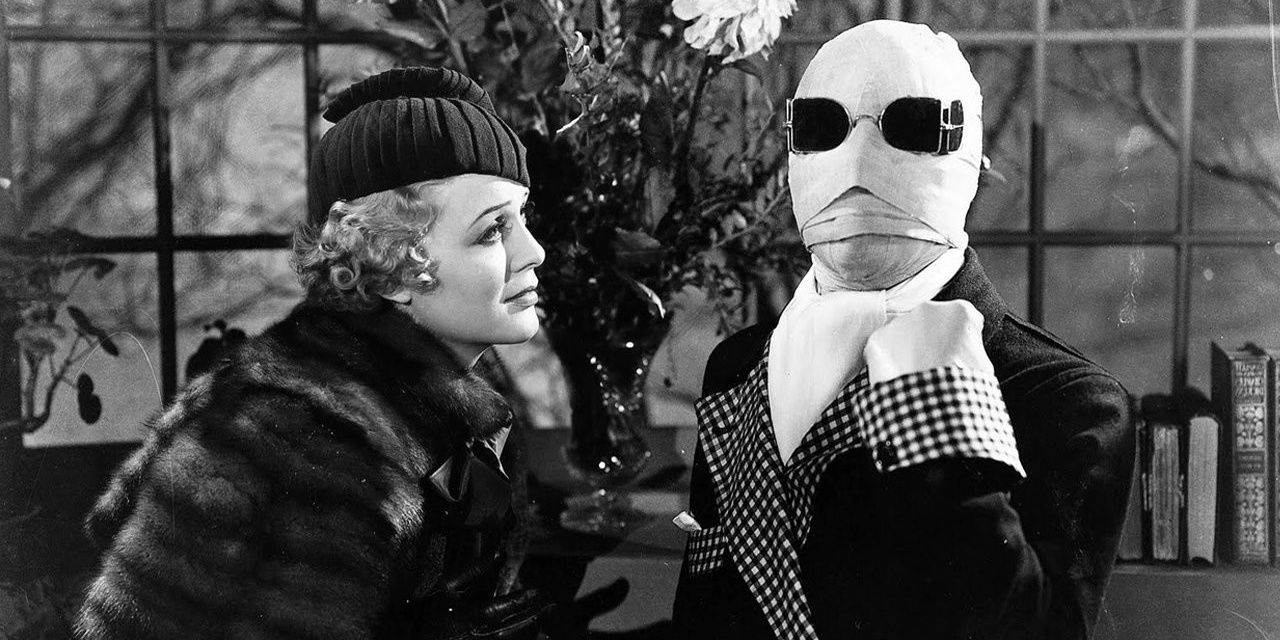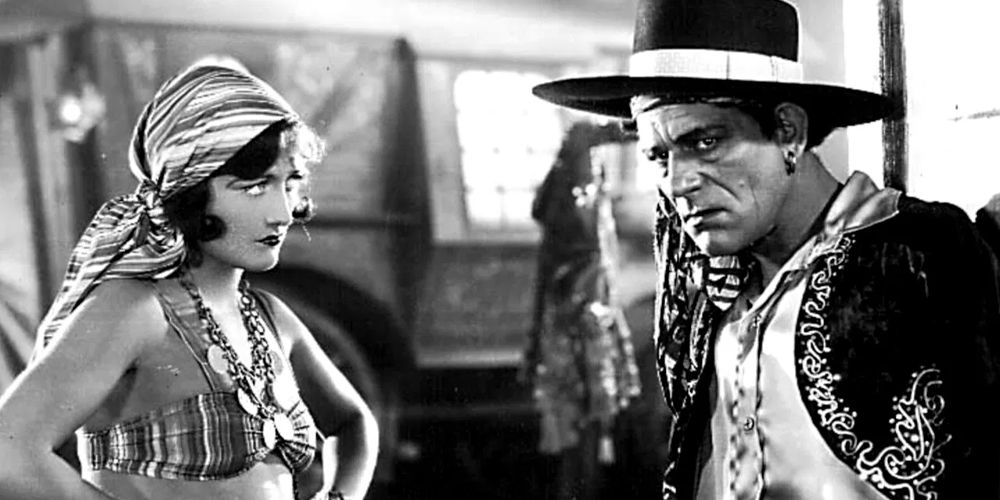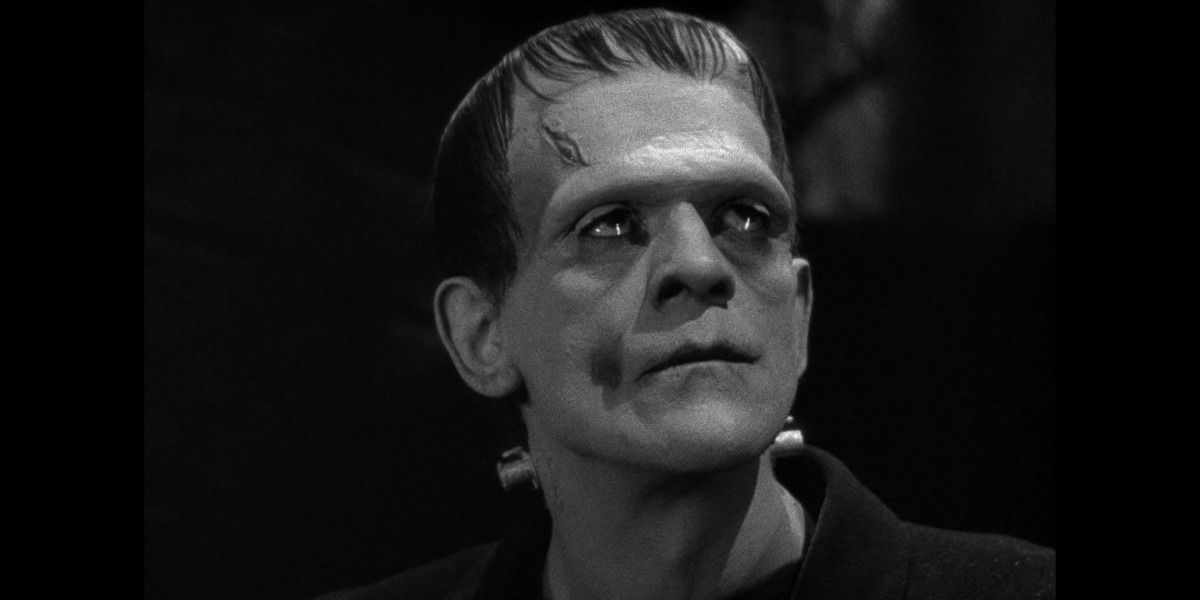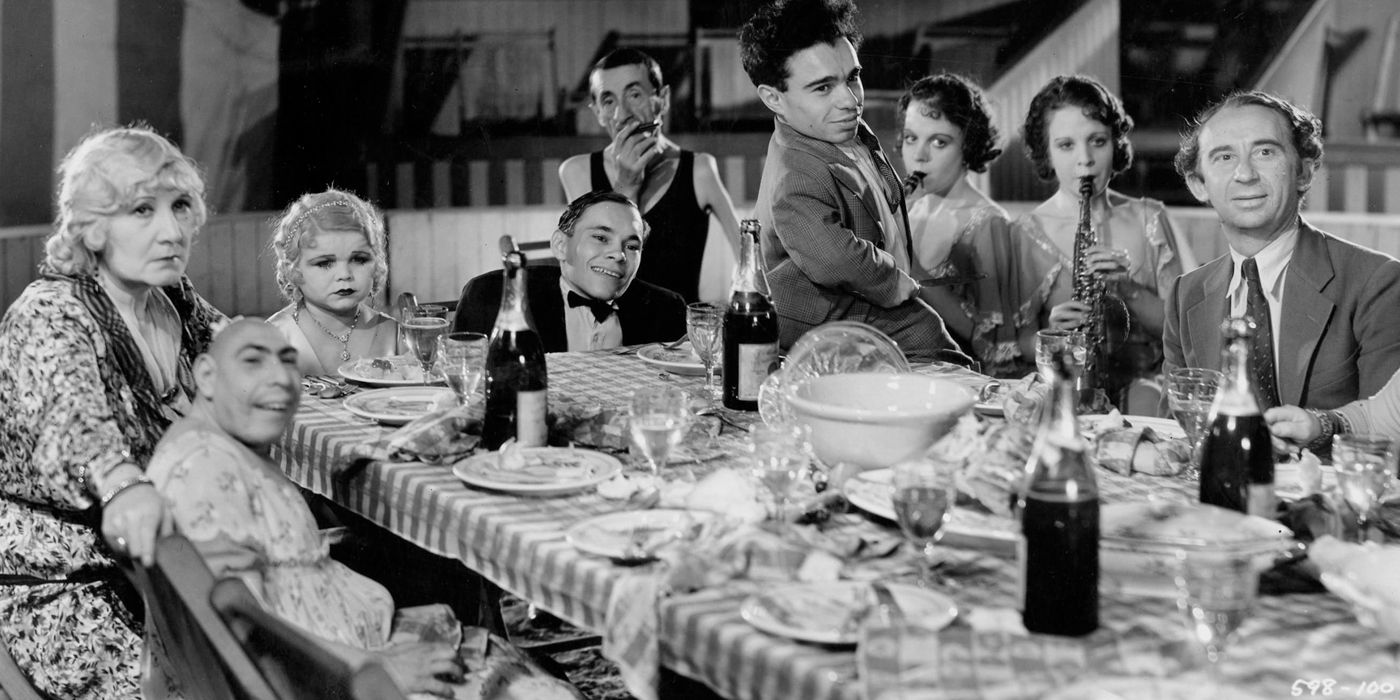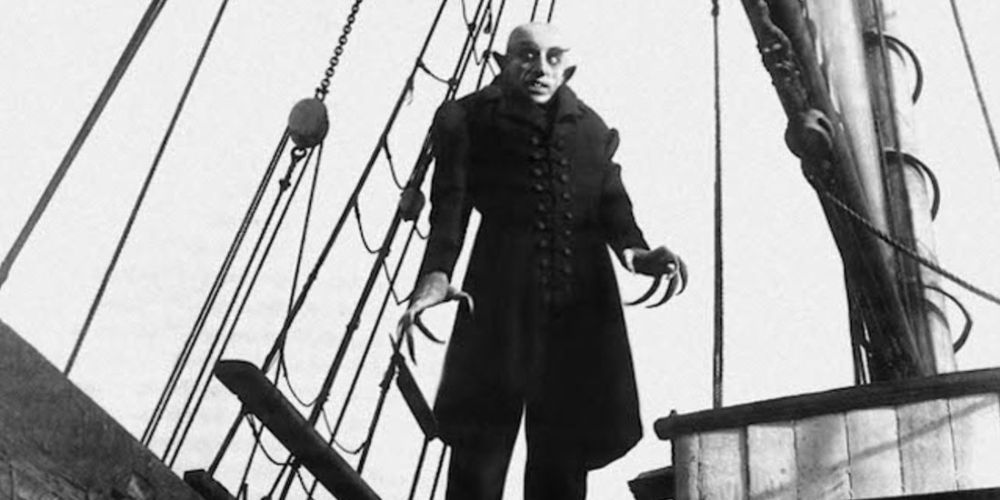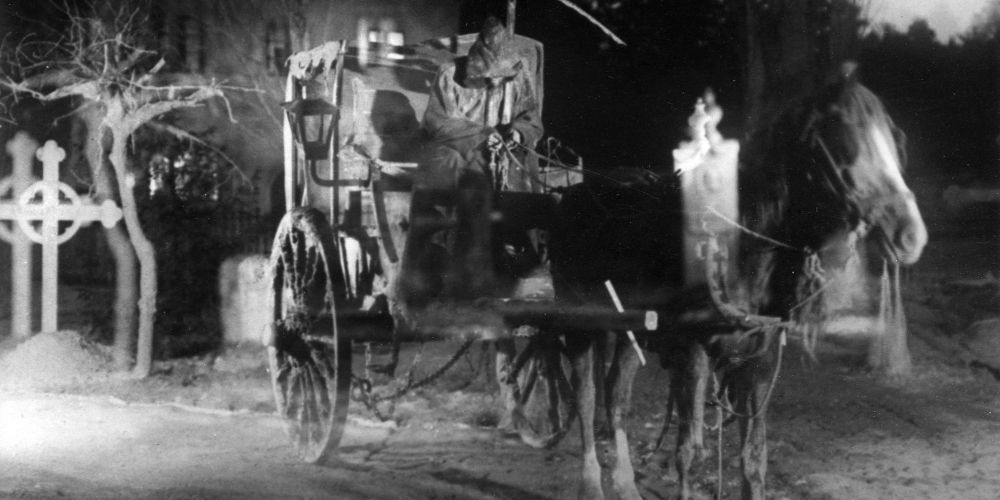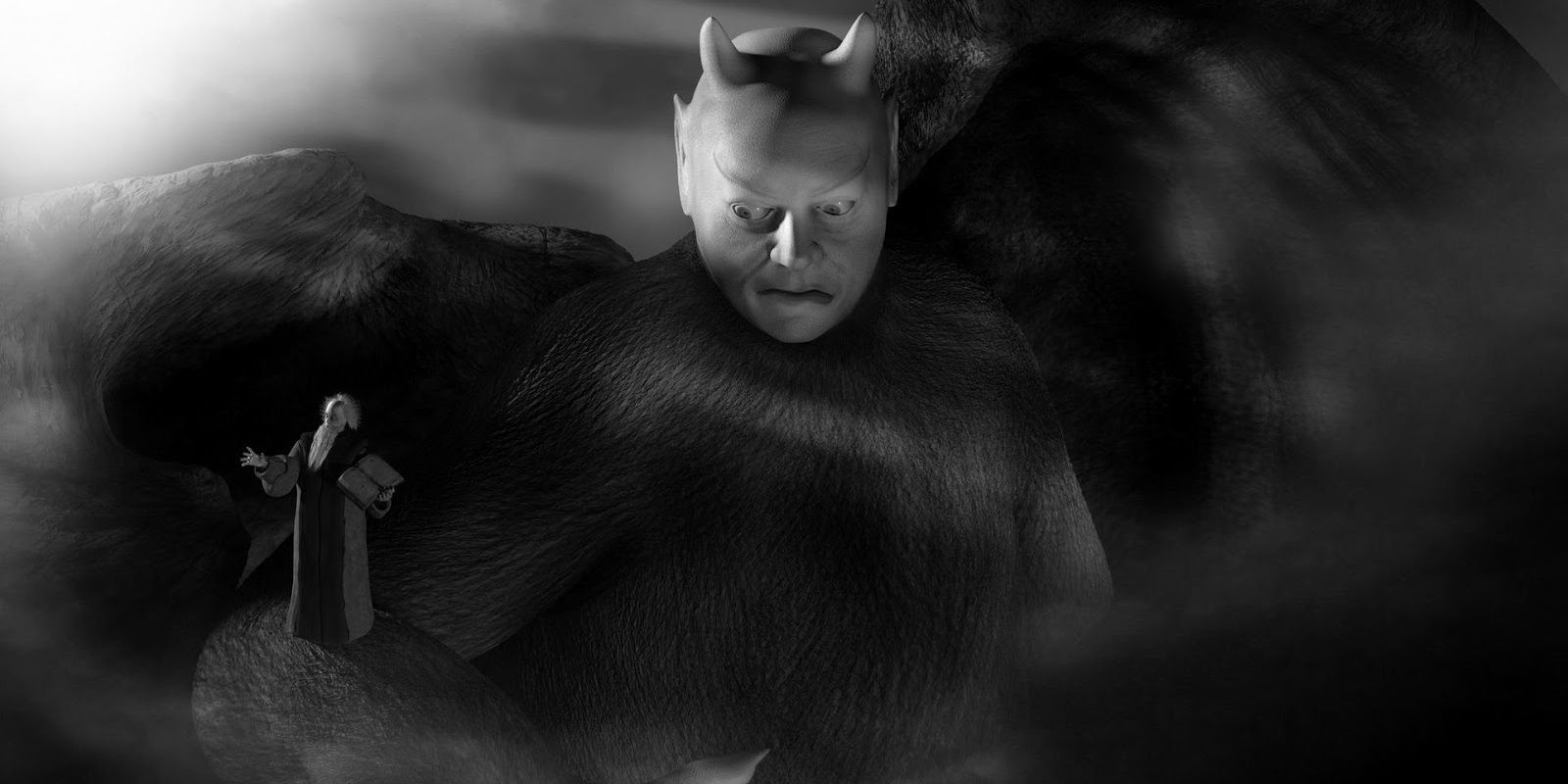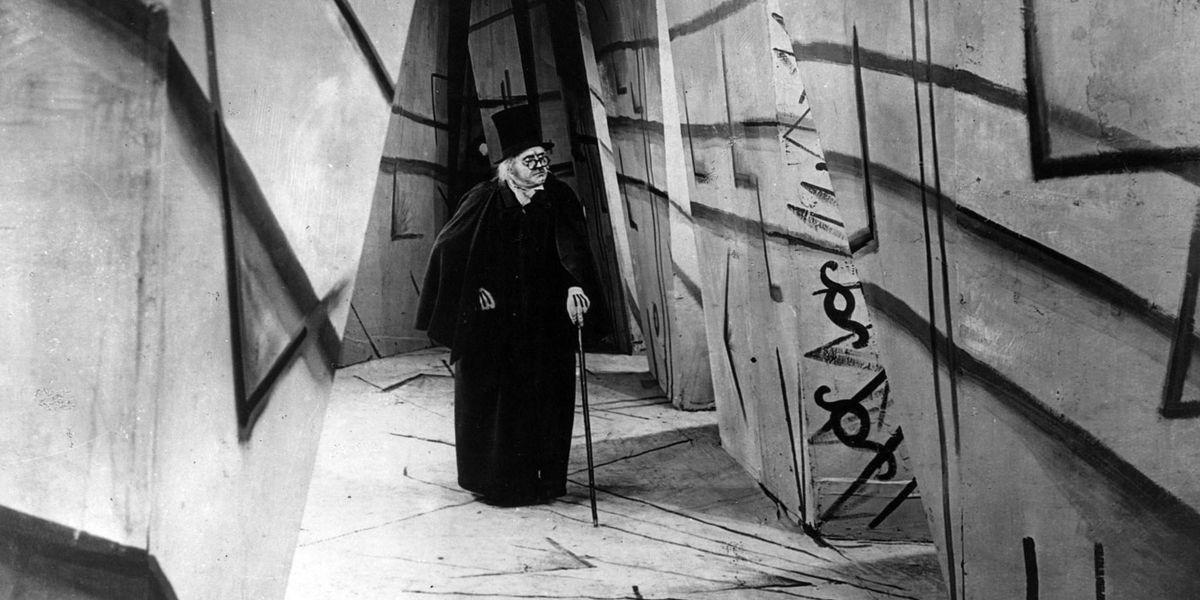In the Golden Age Of Hollywood, movie directors, actors, and studios threw everything at the wall to see what would stick. As a result, some of the best movies in each genre were born. Horror benefited the most, as the most groundbreaking movies in the genre can be traced back to this era.
Most movies in the era were made in black and white, and this color scheme definitely helped in adding an eerie element to horror movies. Today, fans of classic movies might have a hard time choosing the best out of the hundreds of scary offerings from the Golden Age. Luckily, IMDb ratings make it easier to spot those at the apex.
The Man Who Laughs (1928) - 7.7
In The Man Who Laughs, consequences fall upon a noble when he refuses to kiss the hand of a king. Not only is he murdered, but the mouth of his son Gwynplaine is disfigured, creating a permanent, scary smile on his face.
Silent-era horror movies normally rely on exaggerated actions to make the viewer scared, but The Man Who Laughs appears to not need them, as Gwynplaine's grin does all the work. The movie's impact on pop culture cannot be understated ,either. One of the best Batman villains of all time owes his appearance to The Man Who Laughs. As noted by The Hollywood Reporter, Gwynplaine's scary smile is said to have influenced the writers of DC Comics to create The Joker.
The Invisible Man (1933) - 7.7
Adapted from a similarly titled novel by H. G. Wells, The Invisible Man focuses on a scientist named Dr. Jack Griffin who discovers a way to become invisible. He finds it fun and starts performing pranks, but he soon falls into the temptation to commit murder.
The committed performance by Claude Rains, especially the tone of his voice, makes the horror movie a must-watch. As an antihero, Dr. Jack Griffin mirrors some of the wildest mad scientists in horror movies that have appeared over time. The pace hardly slows down, either, as the suspense remains constant throughout the 70-minute running time.
The Unknown (1927) - 7.8
The Unknown has a magnificent storyline involving a murderer on the run who pretends to be an armless circus performer. He falls in love with the daughter of the circus owner, but, when the father discovers he has arms, the murderer kills him. The daughter sees the hand tattoo of her father's killer but doesn't see his face, so the criminal decides to amputate his arms too, to avoid further discovery.
The movie explores several themes in detail, and these include illusion, deception, and obsession. No character feels useless, either, with each person granted proper character development. The twists are limitless, as well, with the best one coming late in the movie when the killer amputates his arms only to find out the girl has fallen in love with another man.
Frankenstein (1931) - 7.8
Adapted from the 1818 novel Frankenstein; or, The Modern Prometheus by Mary Shelby, the horror masterpiece revolves around a scientist named Dr. Henry Frankeinstein who attempts to assemble a living being from dead body parts. He succeeds, but the results aren't so pleasant.
The movie' makeup department deserves much credit since the scientists' creation looks very believable, making Frankenstein not only a great horror addition, but also one of the best monster movies of all time. Shadows and limited light intertwine perfectly with the dark themes. The intense ghostly feel is enough to get any hardcore genre fans scared, too.
Freaks (1932) - 7.8
Freaks sees a trapeze artist joining a group of carnival sideshow performers with the intention of seducing one of them and taking his hefty inheritance before murdering him. However, there emerge consequences that she never expected.
Nothing is held back when it comes to scares, with the movie containing plenty of bloody and terrifying scenes—and that's just the edited version. The original version was deemed too disturbing by test audiences, and several cuts were made. Proof of just how grotesque the movie is lies in the fact that it's one of the movies that were banned for more than 10 years.
The Bride Of Frankenstein (1935) - 7.8
The sequel to Frankeisnten sees Dr. Frankenstein having a conscience and wanting to get out of the monster-creation business. However, a scientist kidnaps his wife and forces him to create a mate for the original monster he created.
The movie's cinematography and score have always been singled out for praise by critics throughout the years. Its plot is thought of as superior to the first installment too. The Bride Of Frankenstein is not only thought of as a big improvement to the original, but it's also one of the best movie sequels of all time.
Nosferatu (1922) - 7.9
Nosferatu is an unofficial adaptation of the 1897 novel Dracula by Bram Stroker. Instead of Count Dracula, there is Count Orlok, who is seeking a new residence but also eyeing the wife of his estate agent.
Though it was described as not being scary enough, the movie's intriguing plot made it a cult classic, leading to dozens of other Dracula adaptations. Many of the tropes used in vampire-related movies and TV shows can also be attributed to Nosferatu. Sadly, it is not available today since a lawsuit by Stroker's estate stopped all purchases and distribution.
The Phantom Carriage (1921) - 8.1
On New Year's Eve, a drunkard is forced to reflect on his past poor decisions. His life appears straightforward at first, but bizarre details soon emerge.
The Phantom Carriage is unique in that it incorporates flashbacks within flashbacks. It doesn't restrict itself to the horror genre, either. There are moments when it switches to fantasy and melodrama. More impressively are the numerous life teachings. The movie heavily emphasizes the importance of making the right decisions in life.
Faust (1926) - 8.1
In Faust, the demon Mephisto argues with an Archangel over who can exert greater control over a righteous man. They thus make a bet, and, if Mephisto wins, he gets to take over Earth.
The major thing that stands out in the movie is its special effects. Critics have described Faust's visual appeal as quite advanced for its time. Complex scenes like Mephisto flying over Earth and angels arguing in heaven are covered in a way that is totally believable. As the movie progresses, viewers don't find themselves yearning for CGI.
The Cabinet Of Dr. Caligari (1920) - 8.1
The silent horror film tells the tale of a hypnotist who controls a sleep-walking man and uses him to carry out homicides. While the hypnotist appears innocent at first, everyone begins suspecting him.
There are various reasons why The Cabinet of Dr. Caligari is widely regarded as one of the best in the horror genre. The movie makes use of strange set-pieces which give it an air of surrealism. Shadows are everywhere, making everything look scary even though no one is saying a word. There's also the use of a major twist at the end, something that was uncommon at the time.

